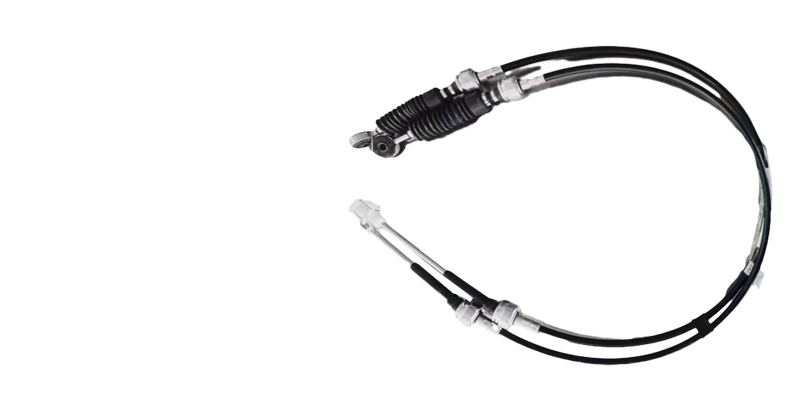Handbrake Cable Installation and Maintenance Tips for Optimal Vehicle Performance
Understanding Hand Brake Cables Essentials for Vehicle Safety and Maintenance
The hand brake, or park brake, is an essential safety feature in vehicles, ensuring that they remain stationary when parked. One of the critical components of this system is the hand brake cable, which plays a pivotal role in its overall functionality. Understanding the hand brake cable's purpose, structure, and maintenance can enhance vehicle safety and performance.
What is a Hand Brake Cable?
The hand brake cable is a flexible cable that connects the hand brake lever inside the vehicle to the braking mechanism on the rear wheels. When a driver pulls the hand brake lever, this cable transmits the force to engage the brakes, which clamps down on the brake rotors or drums, effectively immobilizing the vehicle. This mechanism provides additional security when parked, especially on inclines, preventing the vehicle from rolling away.
Structure of the Hand Brake Cable
The hand brake cable consists of several components that contribute to its functionality. The outer casing is typically made from durable plastic or metal, designed to protect the inner wire from environmental factors such as moisture, dirt, and corrosion. Inside the casing is a steel wire that provides tensile strength, enabling it to handle the force exerted when applying the hand brake.
The cable usually has an adjustable end, allowing for tuning and making sure that the hand brake engages correctly. Over time, wear and tear can occur, leading to slack or failure in the cable system. Hence, regular inspections are necessary to ensure that everything is functioning appropriately.
Common Issues with Hand Brake Cables
Several issues can arise with hand brake cables over time. One common problem is fraying or breaking of the cable, often caused by prolonged use or exposure to harsh weather conditions. A frayed cable can compromise the effectiveness of the hand brake, making it unreliable. Additionally, corrosion can occur if water or debris becomes trapped in the cable casing, leading to a sluggish response when engaging the brake.
hand brake cable

Another issue is the adjustment of the cable. If the cable is too tight or too loose, it may not work as intended. A properly adjusted hand brake cable should engage with minimal effort and hold the vehicle securely in place when applied.
Maintenance Tips for Hand Brake Cables
1. Regular Inspections As part of routine vehicle maintenance, regularly inspect the hand brake cables for visible signs of wear and tear. Look for fraying, kinks, or rust on metal components.
2. Adjustments If you notice that the hand brake does not hold the vehicle properly, or if you have to pull the lever excessively, consider adjusting the cable. Consult your vehicle’s manual or a professional mechanic for proper instructions.
3. Cleanliness Keeping the cable clean from debris and rust can prolong its lifespan. Regularly wiping down the cable and ensuring that there are no obstructions will help maintain its functionality.
4. Replacement If significant damage is found during inspection, or if the cable fails to perform as expected after adjustments, it is crucial to replace it immediately. Driving with a faulty hand brake cable can put you at risk in critical situations.
Conclusion
The hand brake cable is an integral component of your vehicle's braking system, directly impacting safety. Understanding its functioning, potential issues, and maintenance can help ensure your vehicle remains safe on the road. Always prioritize regular checks and timely replacements to keep your hand brake system in optimal condition, ensuring safety for you and others on the road.
-
Upgrade Your Vehicle with High-Quality Handbrake CablesNewsNov.01,2024
-
Optimize Your Bike's Performance with Quality CablesNewsNov.01,2024
-
Enhance Your Vehicle's Performance with Quality Clutch ComponentsNewsNov.01,2024
-
Elevate Your Vehicle's Performance with Quality Throttle CablesNewsNov.01,2024
-
Elevate Your Vehicle's Performance with Quality CablesNewsNov.01,2024
-
Affordable Solutions for Your Cable NeedsNewsNov.01,2024
